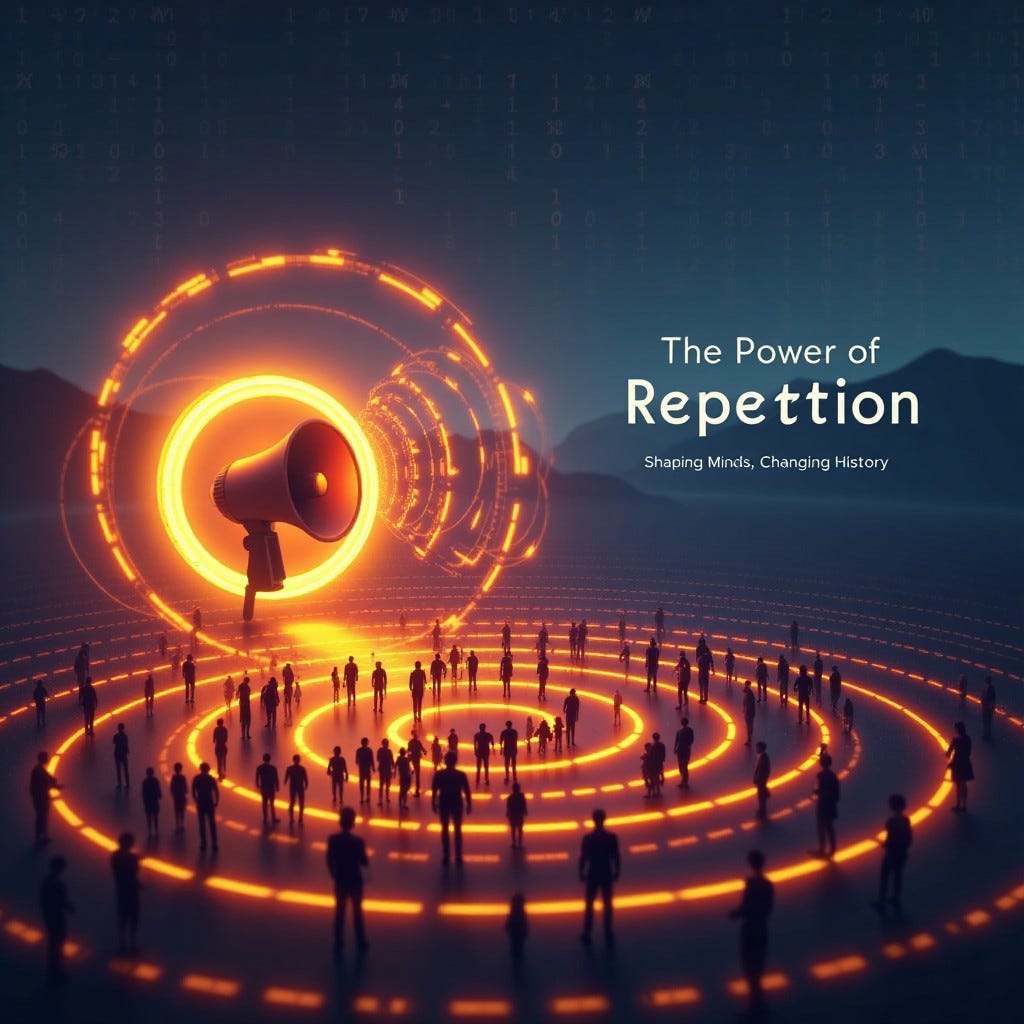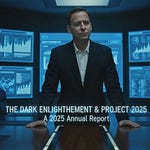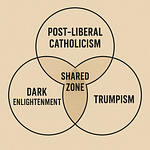While repetition can reinforce truth, it is equally adept at cementing falsehoods, particularly when wielded as a weapon of disinformation. In today’s hyperconnected age, where digital platforms magnify messages exponentially, the risks and consequences of this tactic have reached unprecedented levels.
Historical Use of Repetition in Disinformation
1. Nazi Propaganda
Joseph Goebbels, Minister of Propaganda for Nazi Germany, famously weaponized repetition to manipulate public opinion. He observed that if a lie is repeated often enough, it becomes accepted as truth. This tactic was central to spreading antisemitic narratives, justifying aggression, and rallying the German populace behind Adolf Hitler’s regime. By controlling all forms of media—newspapers, radio, cinema, and public events—Goebbels ensured that the Nazi message was inescapable, creating an environment where dissenting voices were drowned out.
2. The Red Scare in the United States
During the mid-20th century, Senator Joseph McCarthy leveraged repetition to fuel fear of communism in the United States. By repeatedly asserting the presence of communist sympathizers in government and society, McCarthy created a climate of paranoia. Despite the lack of concrete evidence, the constant drumbeat of accusations led to ruined careers, widespread distrust, and a chilling effect on free expression.
3. Tobacco Industry Misinformation
For decades, the tobacco industry employed repetition to sow doubt about the dangers of smoking. Through advertisements and the sponsorship of scientific studies, the industry repeated messages suggesting that the health risks of smoking were unproven. This repetition delayed public awareness and regulation, contributing to millions of preventable deaths.
Donald Trump’s Use of Repetition Today
Donald Trump has exemplified the modern use of repetition as a tool for spreading disinformation. His ability to repeat falsehoods, slogans, and narratives—often in simplified, emotionally charged terms—has redefined political communication in the digital age.
Examples of Repetition in Trump’s Rhetoric
Election Fraud Claims: Trump repeatedly asserted that the 2020 presidential election was “rigged” or “stolen,” despite these claims being thoroughly debunked. This repetition sowed distrust in the electoral process and fueled the January 6 Capitol insurrection.
"Fake News": By labeling any unfavorable coverage as “fake news,” Trump undermined trust in traditional media outlets. This consistent framing encouraged his supporters to dismiss critical reporting, regardless of its validity.
"Make America Great Again" (MAGA): This slogan became a rallying cry, repeated incessantly to create an emotional connection and foster a sense of identity among his supporters.
Why Repetition Works in Trump’s Strategy
Simplification: Short, memorable phrases are easier to repeat and internalize.
Echo Chambers: Trump’s messages are amplified in online spaces where supporters encounter them repeatedly.
Emotional Appeals: Repetition often ties into emotions like fear, pride, or resentment, making the message more impactful.
The Consequences of Repetition in the Age of Information
In the digital era, the power of repetition is amplified exponentially by technology. Social media platforms, driven by algorithms that prioritize engagement, spread emotionally charged or sensational content far and wide.
Amplification by Algorithms
Algorithms favor content that elicits strong reactions, ensuring repeated exposure to the same messages. This creates echo chambers where individuals encounter information that reinforces their beliefs, leading to a false sense of consensus.
Disinformation at Scale
The ease of sharing on digital platforms allows falsehoods to spread faster and further than ever before. A single piece of disinformation, repeated across millions of posts, tweets, and videos, can become a pervasive narrative in mere hours.
Erosion of Trust and Polarization
The repetition of falsehoods undermines trust in institutions, media, and even neighbors. Societies become increasingly divided, as repeated narratives deepen ideological rifts and foster hostility.
How Do We Protect Ourselves and Overcome This Challenge?
1. Media Literacy
Equip individuals with the tools to critically evaluate information. This includes:
Verifying sources.
Identifying bias and agenda-driven content.
Recognizing tactics like emotional manipulation and logical fallacies.
2. Diversify Information Sources
Encourage consumption of diverse perspectives to counteract the effects of echo chambers. Exposure to a wide range of viewpoints fosters critical thinking and reduces susceptibility to repeated falsehoods.
3. Demand Transparency from Platforms
Hold social media companies accountable for the algorithms that amplify disinformation. Regulations should incentivize transparency and the reduction of harmful content dissemination.
4. Promote Fact-Checking
Support independent fact-checking organizations and encourage users to consult them before sharing content. Repeated corrections can counterbalance repeated falsehoods.
5. Foster Open Dialogue
Engage in constructive conversations with those exposed to repeated disinformation. Patience and empathy are key to breaking through entrenched beliefs.
6. Emphasize Education on Cognitive Biases
Teach individuals about psychological tendencies like confirmation bias and how they are exploited by disinformation campaigns.
Conclusion
Repetition is a double-edged sword. While it can reinforce truth, it is just as powerful in cementing falsehoods. Historically, this tactic has enabled devastating propaganda campaigns, and in today’s digital age, it is magnified to an unprecedented scale. Leaders like Donald Trump have mastered its use, leveraging repetition to spread disinformation and polarize societies.
However, this challenge is not insurmountable. Through education, critical thinking, and systemic reforms, individuals and societies can resist the manipulation of repeated falsehoods. The battle for truth in the age of disinformation demands vigilance and a collective commitment to integrity, transparency, and understanding.
Sources:
Goebbels’ Propaganda Principles, "Nazi Propaganda Ministry Archives."
“McCarthyism and the Red Scare,” History.com.
"Tobacco Industry Manipulation," Journal of Public Health Policy.
"Disinformation and Social Media," Pew Research Center.
"The Role of Algorithms in Disinformation Spread," MIT Technology Review.











